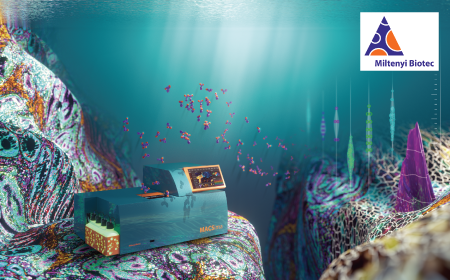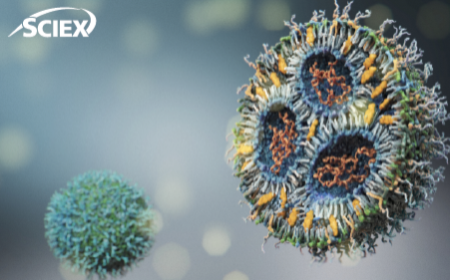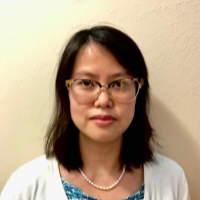Innovative capillary electrophoresis techniques for gene therapy R&D

R&D requirements for gene therapy candidates are not that different from other biotherapeutics. To fully characterize these complex molecules, you need analytical instrumentation that you can rely on to make informed, accurate decisions. You still need speed, accuracy, and flexibility to support both characterization and release requirements. In the first segment of the technical seminar, we will discuss various capillary electrophoresis techniques that can be easily implemented along the development path to support gene therapy development.
The second segment of the seminar will focus on Adeno-associated virus (AAV) Empty and Full separation using the imaged cIEF method. The separation of AAV Empty and Full by charge-based techniques has been developed on several serotypes using ion-exchange chromatography (IEX). However, sometimes IEX cannot separate serotypes effectively and thus you need to use other techniques. Here we will showcase how imaged CIEF separates an AAV drug substance that could not be separated using other techniques and illustrates the imaged CIEF method development.
Attendees will learn about:
- Analytical challenges in characterizing gene therapy drug candidates
- Important analytical considerations in selecting the right tools for the characterization of viral vectors
- Applications of capillary electrophoresis techniques in the analysis of viral vectors
- Showcasing the imaged cIEF method’s separation of Empty and Full Adeno-associated virus (AAV)
- An exploration into what works now, why, and what directions they would like to see the field take in the future, from our two experts in analytical development
You might also like

Same-section spatial multiomics: a platform for detailed analysis of the solid tumor TME

Pure and simple: understanding LNP analytics for better mRNA-based drugs

Empowering patient care: in-process and quality control solutions for cellular therapies

T cells from beginning to end: optimizing leukopak and drug product cryopreservation



